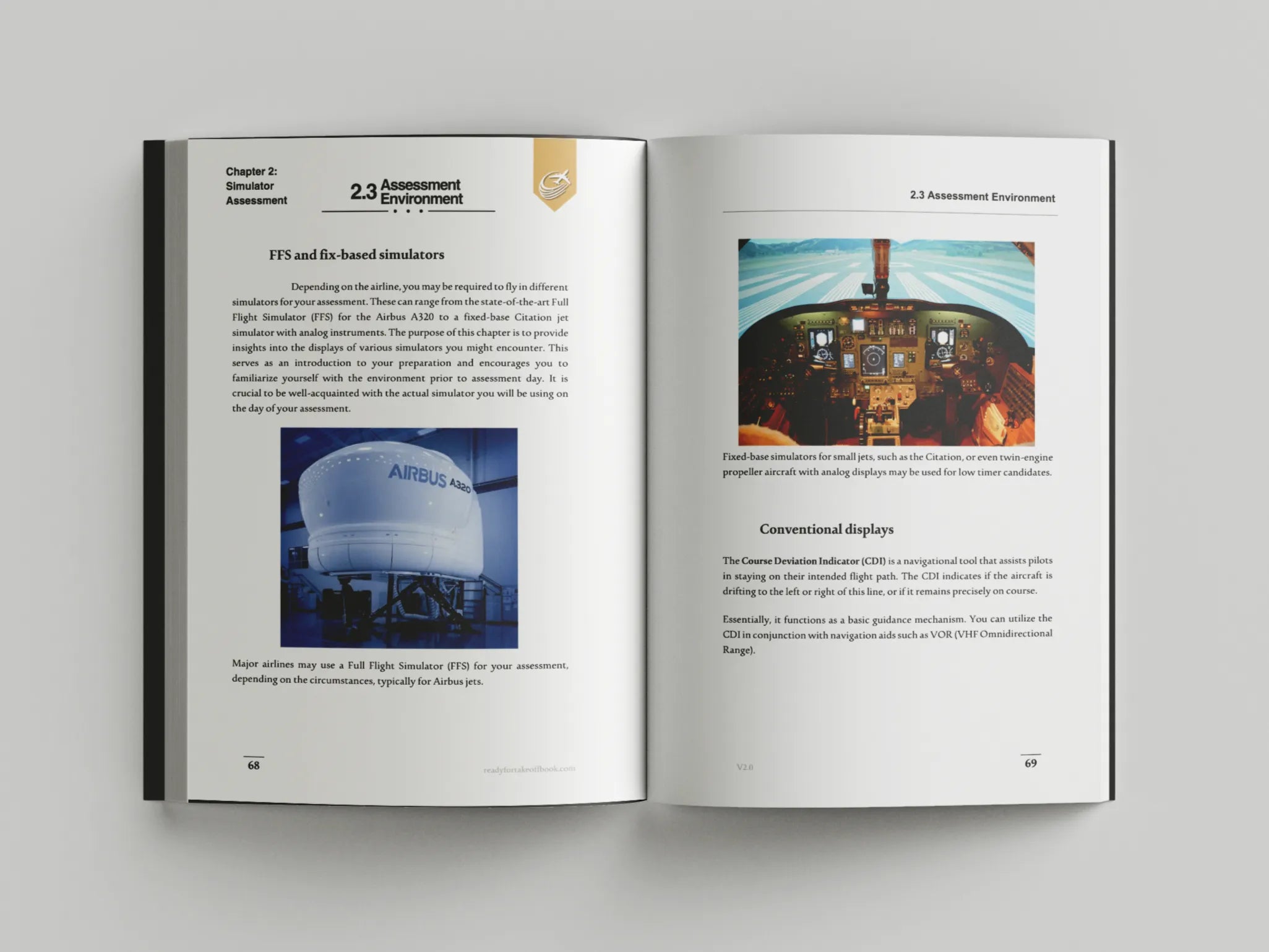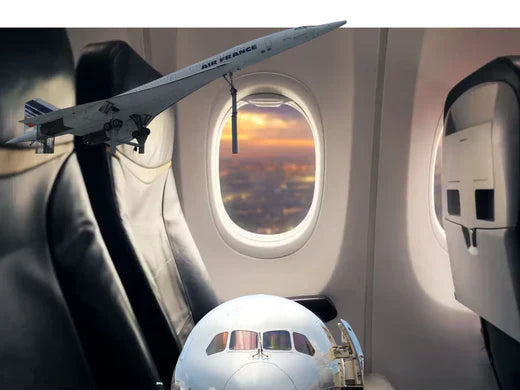Introduction
The Airbus A320 family is one of the most popular aircraft series in the world, widely used by airlines for short to medium-haul flights. The A320 family includes now two variants for its engine choice: the A320ceo (Current Engine Option) and the A320neo (New Engine Option). Understanding the differences between these two variants is essential for airlines, aviation professionals, and enthusiasts.
Overview of the A320 Family
The Airbus A320 family has been a cornerstone of commercial aviation since its introduction in the late 1980s. The A320ceo was the original model, while the A320neo represents the latest advancements in aviation technology, offering significant improvements in fuel efficiency, emissions, and performance.
A320ceo: The Current Engine Option
The A320ceo, also known as the "Current Engine Option," has been in service since 1988. It features several engine choices, including the CFM56 and the IAE V2500. The A320ceo set a high standard for efficiency and reliability, becoming a favorite among airlines worldwide.
A320neo: The New Engine Option
The A320neo, or "New Engine Option," was introduced in 2016 as an upgraded version of the A320ceo. It features new, more efficient engines such as the CFM LEAP-1A and the Pratt & Whitney PW1100G. These engines, along with other technological enhancements, make the A320neo a more fuel-efficient and environmentally friendly aircraft.
Key Differences Between A320neo and A320ceo
1. Engine Technology
A320ceo
- Engines: CFM56 and IAE V2500
- Fuel Efficiency: Lower compared to the neo
- Noise Levels: Higher noise emissions
A320neo
- Engines: CFM LEAP-1A and Pratt & Whitney PW1100G
- Fuel Efficiency: Up to 15-20% better than the ceo
- Noise Levels: Reduced noise emissions by up to 50%
2. Fuel Efficiency and Operating Costs
The A320neo is designed to be significantly more fuel-efficient than the A320ceo. With advancements in engine technology and aerodynamics, the A320neo offers a reduction in fuel consumption by up to 15-20%. This translates to lower operating costs for airlines and reduced environmental impact.
3. Range and Performance
A320ceo
- Range: Approximately 3,300 nautical miles
A320neo
- Range: Approximately 3,600 nautical miles
4. Environmental Impact
The A320neo's advanced engines not only improve fuel efficiency but also reduce carbon dioxide (CO2) emissions and nitrogen oxides (NOx). This makes the A320neo a more environmentally friendly option, aligning with global efforts to reduce aviation's carbon footprint.
5. Passenger Experience
Both the A320ceo and A320neo offer a comfortable passenger experience. However, the A320neo includes improvements such as quieter cabins and enhanced in-flight amenities. The reduced noise levels contribute to a more pleasant flying experience for passengers.
Technological Advancements in the A320neo
1. Sharklets
The A320neo is equipped with Sharklets, which are wingtip devices designed to improve aerodynamic efficiency. These Sharklets reduce drag, resulting in lower fuel consumption and extended range. Some of the latest versions of the A320 ceo also are equipped with sharklets.
2. Advanced Materials
The A320neo utilizes advanced lightweight materials in its construction. This helps reduce the aircraft's overall weight, further enhancing fuel efficiency and performance.
3. Enhanced Avionics
The A320neo features state-of-the-art avionics systems, providing pilots with better situational awareness and improved flight management capabilities. These advancements contribute to safer and more efficient flight operations.
Airlines Operating A320neo and A320ceo
Many airlines operate both the A320ceo and A320neo to take advantage of the benefits offered by each variant. Here are some prominent airlines using these aircraft:
























